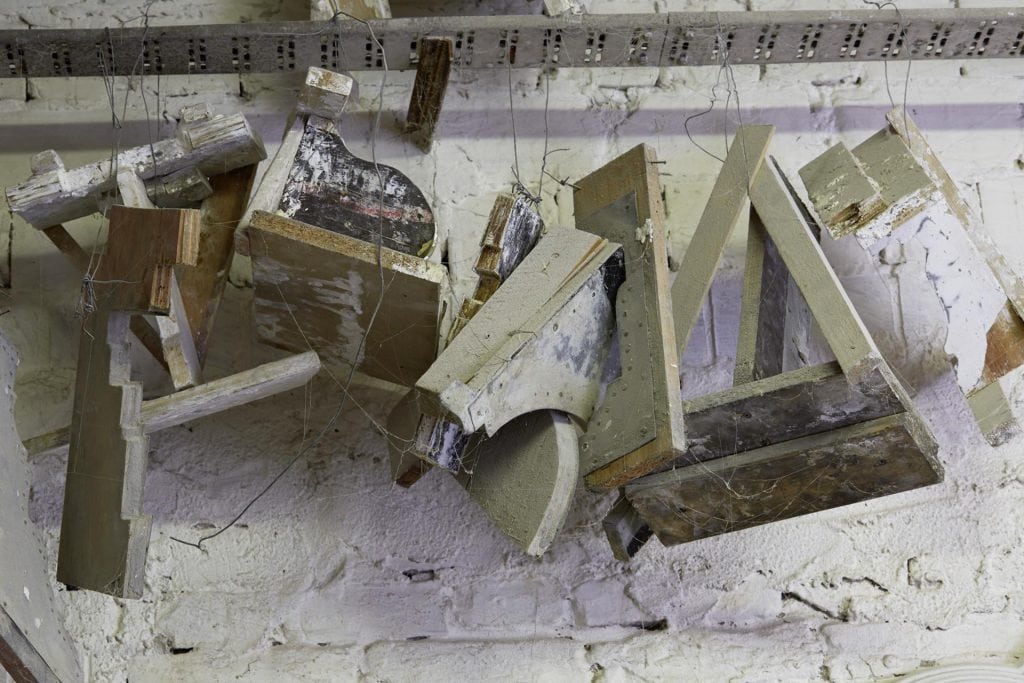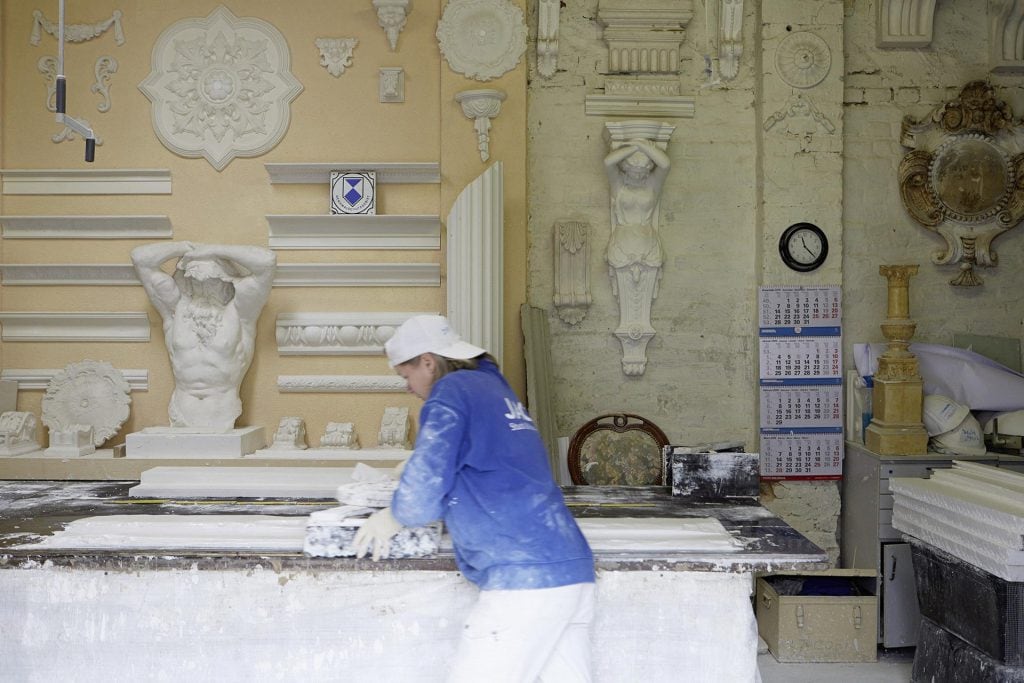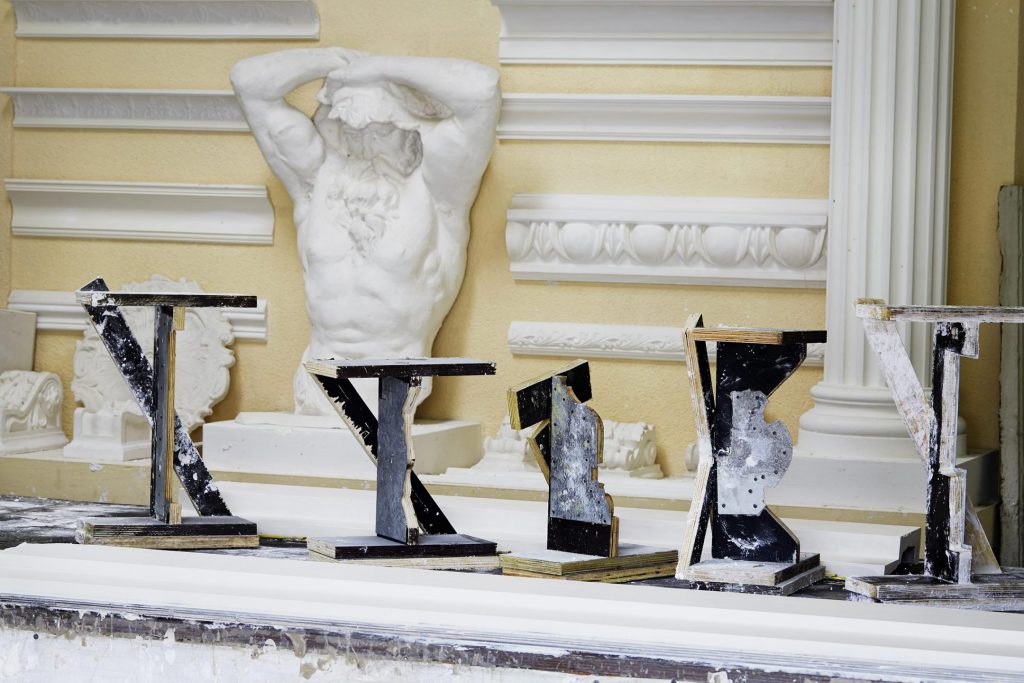The plasterer and his pursuit of perfection
With its exquisitely rendered ornamentation, the façade of our EISENZAHN I development could only have been realized with the aid of a team of highly skilled craftspeople. Of the many such specialists involved, one in particular stands out: master plasterer Ulrich Jacobi, a self-confessed stickler for detail and a man committed to keeping the tradition of decorative plasterwork alive.

“Plasterwork is not about luxury, it’s about old-time opulence and traditional craftsmanship,” says Ulrich Jacobi. For a quarter of a century this master plasterer and his almost 20-strong team have been restoring historic buildings to their former glory as well as refining new-builds with their time-honoured techniques.
It is a dream job for Jacobi, who learned his trade in the East German city of Karl-Marx-Stadt, now Chemnitz. “Back then, there were only four very sought-after apprenticeships in the entire district”, he recalls, not without pride. After he and his wife were able to relocate to West Berlin following the fall of the Wall, Jacobi continued his training in Sauerland, West Germany, where he graduated as a master plasterer, before settling in the newly reunified capital with his family.
Specializing in the high-quality restoration of façades and clinker bricks, as well as interior and exterior plasterwork, the plasterer has since been entrusted with numerous prestigious commissions, including projects at Berlin’s Museum für Naturkunde and at Schloss Sommerswalde in Oberhavel.

It was a call for tenders that first brought Jacobi into contact with RALF SCHMITZ’s exclusive developments. Staff from the Kempen-based firm visited his workshop to see whether it could guarantee the requisite high standards – a question that was soon answered in the affirmative. Since then, Jacobi’s firm has also hand-crafted mouldings for our trio of apartments at Wissmannstrasse 11, a prime Grunewald location close to the Königssee lake.
For our palatial EISENZAHN 1 development, Jacobi and his team are now producing over 1,000 metres of hand-crafted plaster mouldings at his workshop in Alt-Hohenschönhausen, using specially made wood-and-tin moulds to produce the around 15 different designs developed by architect Sebastian Treese. With one moulding having a length of 250 centimetres, there are around 400 to make, with each one needing to be cast, sheathed in jute, cast, run, then cast and sheathed again – a process that is repeated at least 20 times to create the smooth curves of a perfect moulding.
A homage to an age-old art, our decorative plasterwork also bridges the gap between traditional craft and today’s search for new expressive forms.
